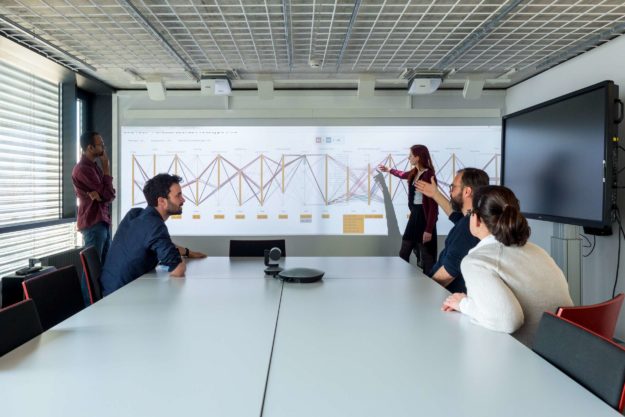Developing a data-oriented approach, analysis of indoor air quality collected in 1007 meeting sessions, the project seeks to predict and prevent poor indoor air quality while keeping the users engaged in interaction with the building.
Two methods of indoor air quality forecasting are developed:
1) time-series that function on the values of CO2 concentration level recorded in the same physical space for a short period of time. This method can predict with 92% accuracy the level of CO2 in 5 minutes and with 86% accuracy the value in 20 minutes.
2) hierarchical clustering is employed to elicit patterns of CO2 evaluation during one meeting session and correlate the profile of those patterns with various (indoor and outdoor) environmental parameters, design of the meeting room, the number of occupants, and so forth.
Human-IST proposed a system that utilizes a combination of these two methods to predict situations of poor air quality in meeting rooms and prevent them in interaction with the users. To address the social factors of meeting context and the cost of notification/interruption Human-IST conducted two online surveys, the results of which guide the interaction design and communication modalities of our proposed system. The details of this project, including the data collection process, analysis, and design proposition are accepted to be published in ACM CHI Conference on Human Factors in Computing Systems, CHI 2021.
